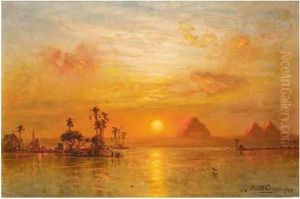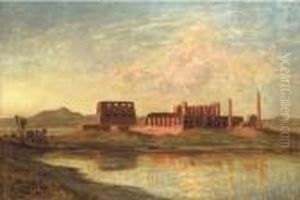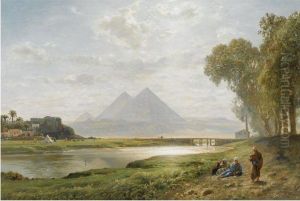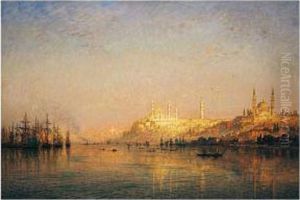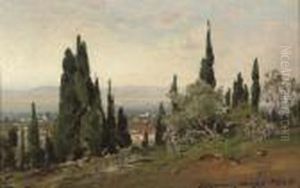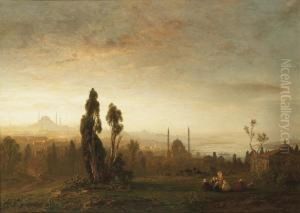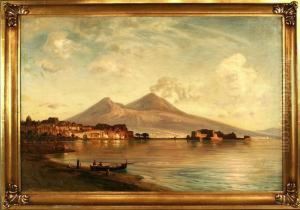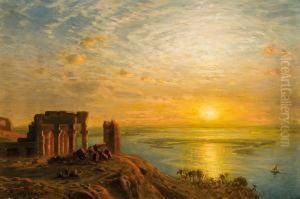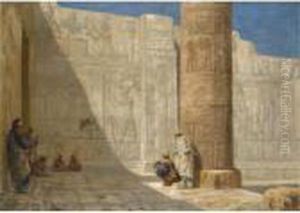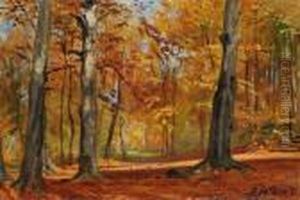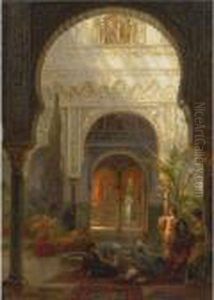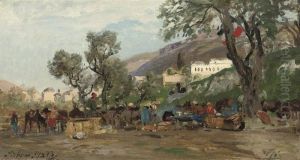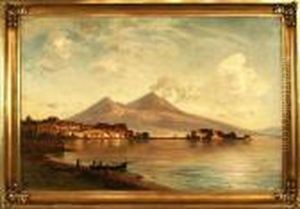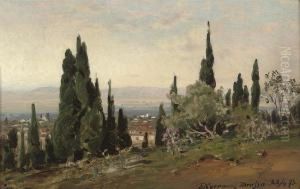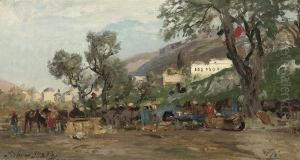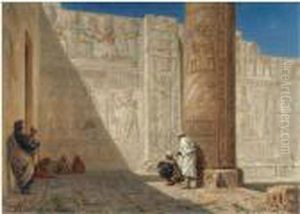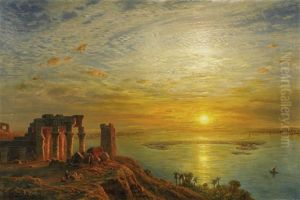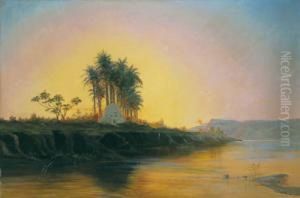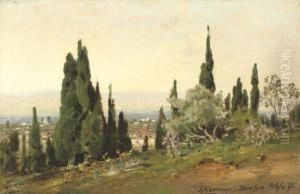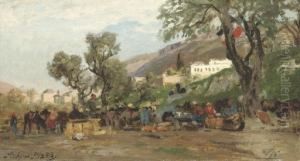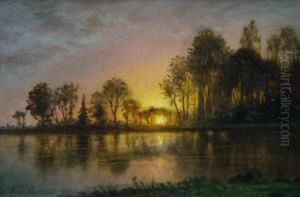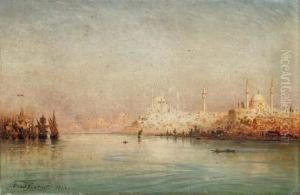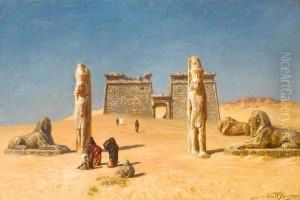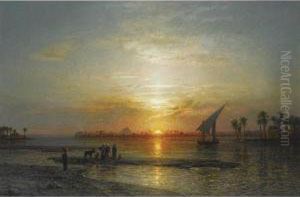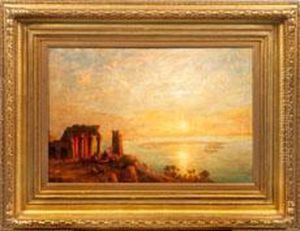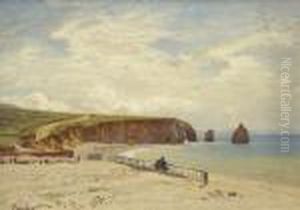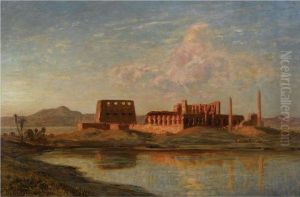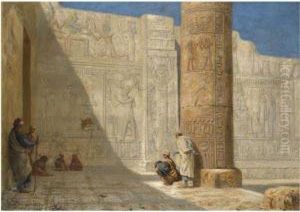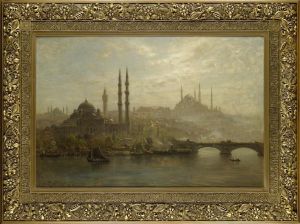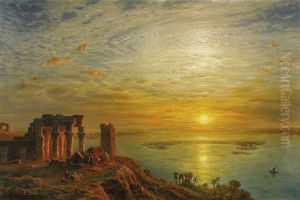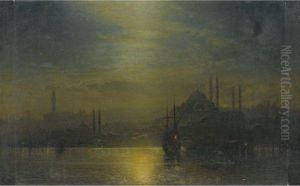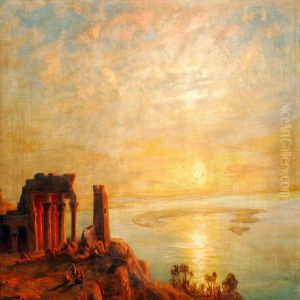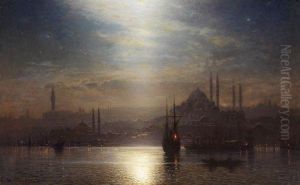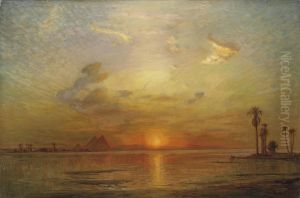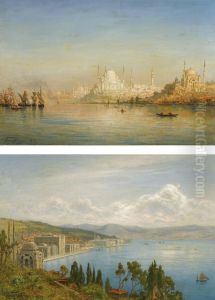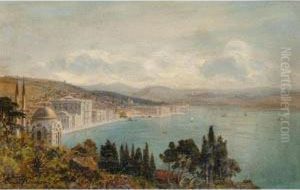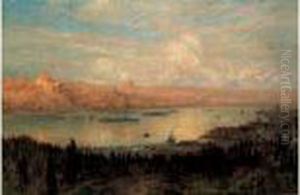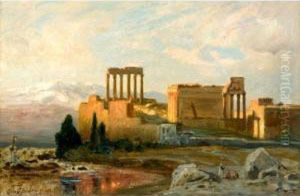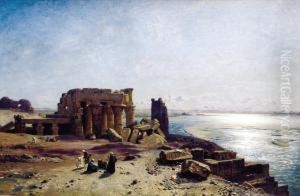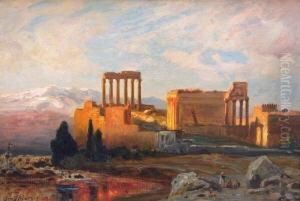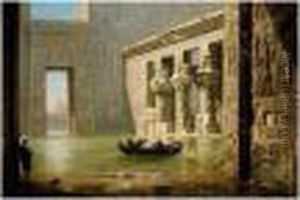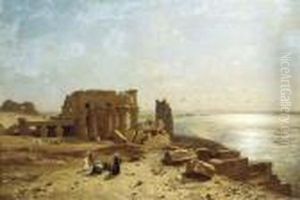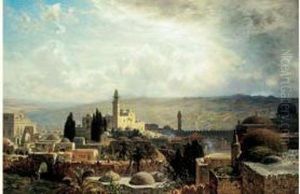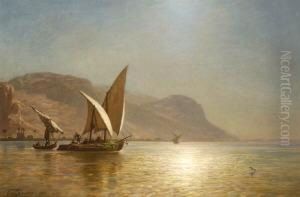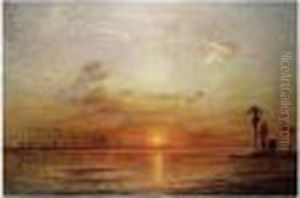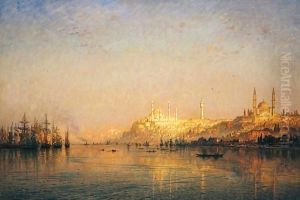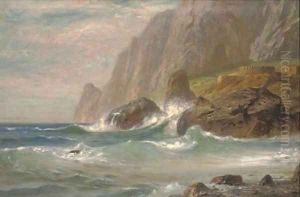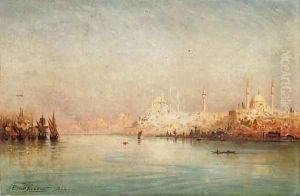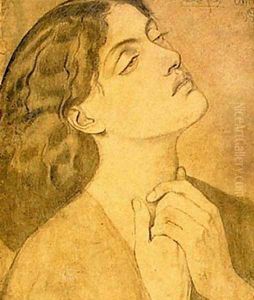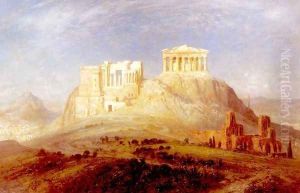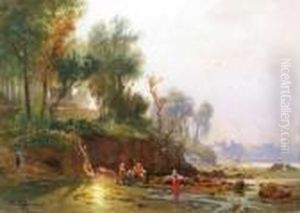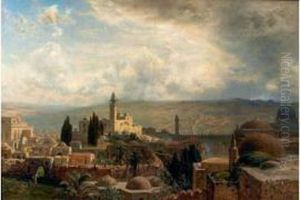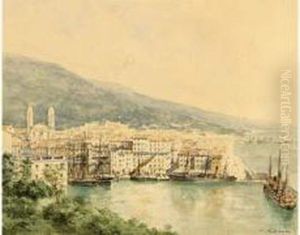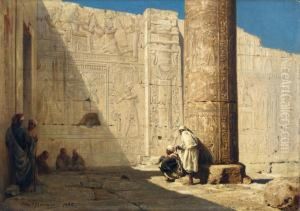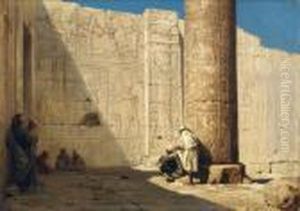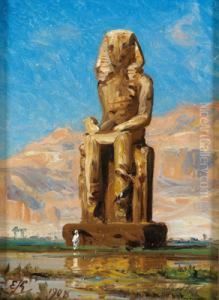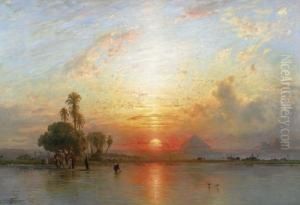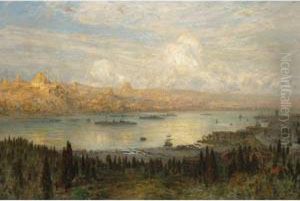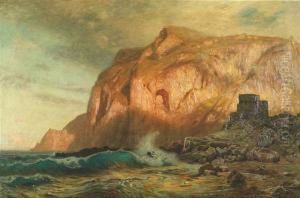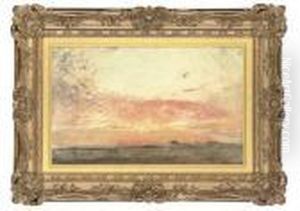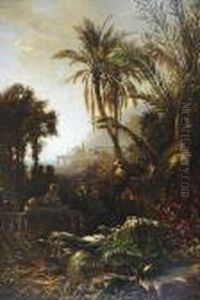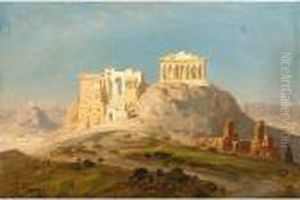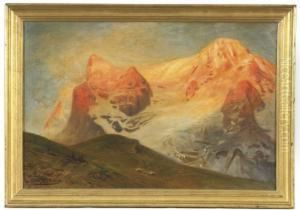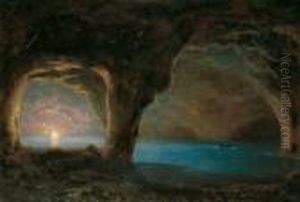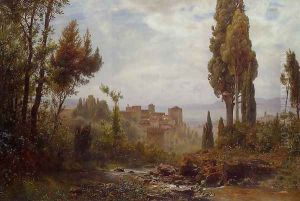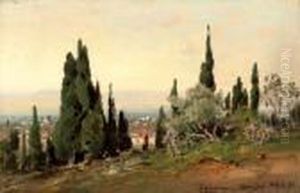Ernst Carl Eugen Koerner Paintings
Ernst Carl Eugen Koerner was a German Orientalist painter, known for his detailed depictions of Middle Eastern landscapes and architecture. Born on March 18, 1846, in Berlin, Germany, Koerner showed an early interest in art, which led to his studies at the Prussian Academy of Arts. He was particularly influenced by the works of Carl Blechen and later, the Orientalist movement that was gaining popularity in Europe, led by artists who were fascinated by the exoticism of the East.
After completing his education, Koerner embarked on numerous travels to the Middle East, which significantly impacted his artistic style and subjects. He visited Egypt several times, where he was captivated by the unique light, vast landscapes, historic monuments, and the daily life of the people. These experiences became a central theme in his art, as he sought to capture the essence of the Orient with a high degree of realism and attention to detail.
Koerner's paintings often featured famous historical sites such as the Pyramids of Giza, the Sphinx, and the ruins of ancient temples. His work was characterized by precise architectural renderings set against the backdrop of the sweeping desert or the bustling streets of Cairo. He was also known for his ability to depict the interplay of light and shadow, which added a dramatic effect to his scenes.
Throughout his career, Koerner exhibited his works in various art shows and gained recognition for his contributions to Orientalist art. His paintings were well received by both critics and the public, and he became a respected figure in the art circles of his time. Koerner continued to paint until his late years, leaving behind a rich legacy of works that offer a glimpse into the 19th-century fascination with the Middle East.
Ernst Carl Eugen Koerner passed away on July 23, 1927, in Berlin. His paintings remain in several art collections and museums, appreciated for their historical value and artistic merit. Koerner's work is a testament to the cultural exchange between East and West during the age of Orientalism and continues to be studied by art historians and enthusiasts alike.
